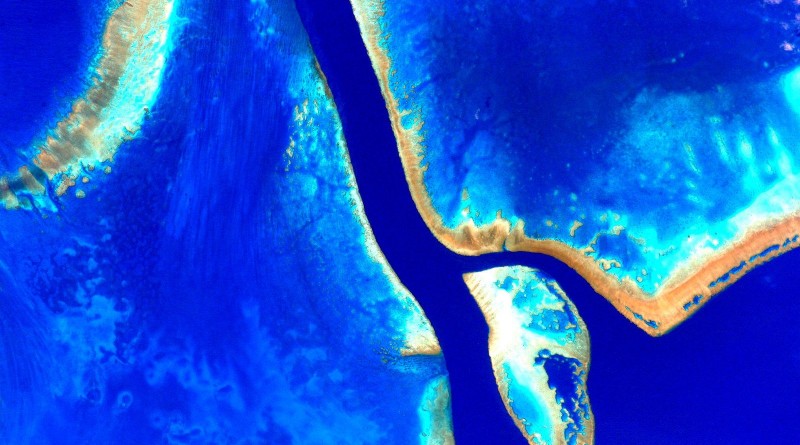ISS Operations Update – November 30, 2015
Experiments:
Microbiome Sampling [The study will investigate the impact of long duration space flight on both, the human immune system and an individual’s microbiome. The microbiome is the totality of microbes that live in and on the human body at any given time and influence human physiology. Some consider the microbiome to be a “newly discovered organ” due to its importance for human physiology. In fact, there are about 10 times more microbial cells than human cells in and on the human body, but the microbiome only accounts for about 200 grams.]
VEG-01 Plant Watering [VEGGIE or Veg-01 is a deployable plant growth unit to be set up on the Space Station to demonstrate the feasibility of a space garden. The experiment facility provides lighting and nutrient supply and is capable of supporting a variety of plant species that can be cultivated for educational outreach, fresh food and even recreation for crewmembers on long-duration missions. Thermal control is provided from ISS in-cabin systems and the carbon dioxide source is the ambient air aboard ISS.]
Habitability [Assessment of International Space Station Vehicle Habitability will see teams on the ground study video of the behavior of crew members within the habitable environment of ISS while the crew fills out questionnaires and collects video of areas of interest in order to provide an assessment of the habitability of ISS in its current state for a one-year mission. Results will be used to develop spacecraft with improved habitability properties to allow crew members to optimally utilize the onboard space.]
Sleep ISS-12 [The ISS-12 experiment monitors the ambient light exposure and crew member activity and collects data on the subjective evaluation of sleep and alertness. Ambient light and activity are monitored via a wrist-worn actiwatch that delivers actiwatch spectrums that are put through bio-mathematical models of sleep and light to predict circadian phase. Sleep logs will be kept by crew members as a subjective assessment of sleep quality and duration. It is hoped that this investigation can deliver requirements for lighting, sleep-shifting protocols and workloads for future space exploration missions.]
OASIS – Experiment Handover [OASIS (Observation and Analysis of Smectic Islands in Space) will study the unique behavior of liquid crystals in microgravity with special focus on their overall motion and merging of crystal layers which is known as the formation of smectic islands. Studying liquid crystals in microgravity will provide new insights into two dimensional system physics of complex fluids. Findings may lead to understanding of well aligned, very high speed electro-optic devices that could find use in embedded ferroelectric liquid crystal micro-displays. The experiment assembly consists of a bubble chamber that is filled with medium, air jet injectors, ink injectors, LED lights and a camera assembly that monitors the activity inside the chamber. This setup will be used to study the various aspects of fluid crystal behavior in space – looking at overall fluid motion, diffusion, and the merging of crystal film layers.]
Matryoshka-R – Dosimeter Readings [Matryoshka-R consists of a number of radiation dosimeters that are set up inside the space station to assess radiation exposure of the crew relative to ISS position in its orbit and shielding provided by the modules.]
Calcium Study [This experiment looks at the causes of the loss of bone density in humans undergoing long duration space missions. It uses calcium phosphate and human bone samples to assess the solubility of calcium and bone in water in a zero-G environment.]
Maintenance/Systems:
Nominal Inspections/Servicing Tasks (Morning Inspection, Caution & Warning Panel Check, Sozh System Maintenance) (Russian Crew)
Crew Quarters (CQ) Cleaning
Flushing B1 connector of RODNIK БВ1 tank of Progress M-29M
Other Activities:
Cygnus Offset Grapple On-Board Training using Canadarm2 to practice misaligned approaches using the Flight Releasable Grapple Fixture on the Permanent Multipurpose Module
Crew Departure Preparation
Tagup with Search and Rescue team specialists for Soyuz Landing

